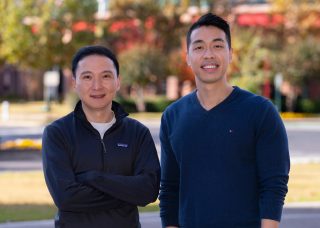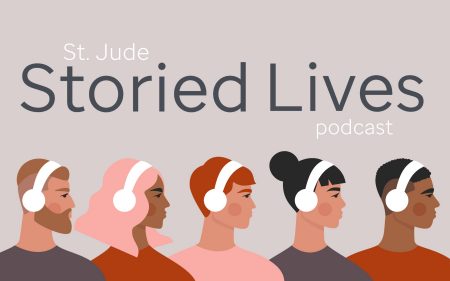
Study finds children's genetic ancestry impacts treatment, survival for kids with ALL
Findings bolster St. Jude Children’s Research Hospital's work to improve outcomes for kids with cancer across the world

February 17, 2022 • 3 min

Children’s genetic ancestry plays a significant role in how they respond to treatment for acute lymphoblastic leukemia (ALL), a study by scientists at St. Jude Children’s Research Hospital has found.
The study bolsters work at St. Jude to improve the outcomes for children with cancer across the world. Recognizing differences based on their genetic ancestry can help doctors individually tailor therapy for the children they’re treating in diverse, global populations.
The study showed racial disparities exist in both the incidence and treatment outcomes for ALL, the most common type of pediatric cancer in the world.
Analysis of more than 2,400 kids and teens with ALL treated in clinical trials in North America, Southeast Asia and Latin America showed Black and Latino children do not fare as well because their ancestry makes them prone to more high-risk subtypes of the cancer, and because their bodies respond to and metabolize commonly used chemotherapy drugs differently. Children of East Asian descent had survival rates similar to those of white children, but their ancestry revealed that some have genetic variations that make some medicines highly toxic for them.
Until now, widely used treatment protocols were developed based on studies conducted in the U.S. and Europe, involving mostly white children. The regimens did not consider the way treatment would affect children of African, Asian or Latin American descent, for instance.
“We need to stop assuming we can develop therapies focusing on white children and then they can just be extrapolated to others,” said Jun J. Yang, Ph.D., a pharmacogenomics expert and corresponding author of the study. “The world is becoming increasingly diverse, and so are children with cancer. As we look to the next generation of therapies for ALL, it’s going to be essential we consider the diversity of this cancer on a global scale.”
The study’s first author, Shawn Lee, MD, saw first-hand the impact of genetic differences on children with ALL in his clinic in Singapore. Patients seemed to tolerate much lower doses of an important medication called thiopurines compared to patients in the U.S. and Europe, and no one seemed to know exactly why. The answer finally emerged in 2015 when Yang discovered that mutations in an important gene in thiopurine metabolism — NUDT15 — were more common in Asians than in other ethnicities. Since then, extensive research on this gene has been performed, and even prompted the U.S. Food and Drug Administration to issue a warning in 2017 and spurred doctors treating those populations of kids to adjust the dosage of the medicine based on this gene.
In 2020, Lee joined Yang’s lab as a research fellow, where he started working on genomics of racial disparities in ALL. What Lee discovered, with Yang’s guidance, is that there are at least 8 (of 21) molecular subtypes of ALL which were heavily impacted by a child’s genetic ancestry. A child’s ancestry determined important factors like their overall survival, the risk of relapse, how much and what types of medicines they could tolerate, and potentially how their immune system responded to the treatment.
The findings have important implications for a plan at St. Jude to create a bank of quality cancer medicines for low-to-middle-income countries who have difficulty sourcing the life-saving drugs necessary to treat children with cancer.
In conjunction with the World Health Organization, St. Jude will invest an estimated $200 million over six years to provide medications at no cost to 50 countries by the end of 2027.
With this study’s findings, both Lee and Yang said, St. Jude is uniquely positioned not only to improve access to life-saving drugs but also to equip low-to-middle-income countries with the knowledge of how best to dose and combine the medicines to improve survival for kids with cancer in their local populations.
“There’s a large gap in outcomes across various countries and children of different race and ethnicities, so even though the cure rates in the west are pretty good, our job isn’t finished until we can close those racial gaps,” Lee said. “We aim to do more studies and to dig into the underlying biology so we can close these racial gaps in survival.”





